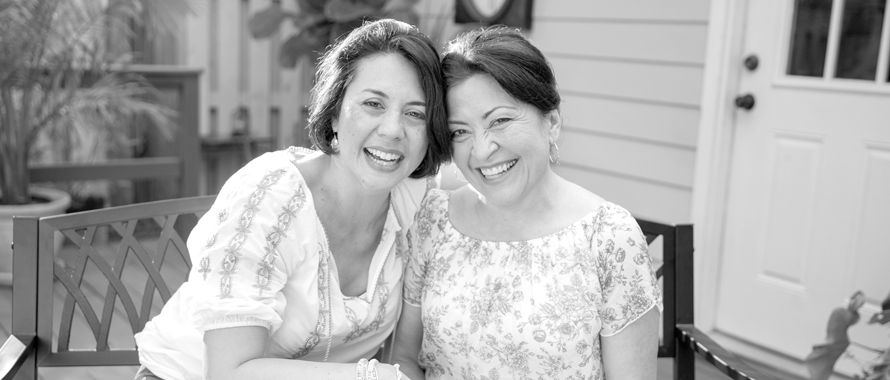
During the COVID-19 pandemic, you may have put off going to the doctor. Yet, routine screenings for breast cancer are crucial to staying healthy. So don’t wait – breast cancer may be easier to treat when detected early.
When to start screening and how often
Screening advice has evolved over time, so it may be confusing to follow. To help, check out the latest recommendation from the U.S. Preventive Services Task Force (USPSTF), the nation’s expert and independent organization on when to get screened:
| Ages | USPSTF Recommendation |
|---|---|
| 40 to 74 years | Biennial (once every two years) screening mammography. |
| 75 years or older | Current evidence is insufficient to assess the balance of benefits and harms of screening mammography. Read more in the U.S Preventative Services breast cancer screening. |
Should I get mammograms during the COVID-19 pandemic?
The short answer: Yes. Regular cancer screenings can detect cancer early when it is easier to treat. Make (and keep!) your regular health or cancer screening appointments even during the pandemic. This is especially important if you are having a diagnostic mammogram.
Will the COVID vaccines cause issues for my mammogram?
If you are scheduled or due for a mammogram soon after you get the COVID-19 vaccine, the American Cancer Society recommends asking your doctor about timing of your mammogram. Your doctor may recommend you change your mammogram appointment.
This is because getting the COVID-19 vaccine might result in swollen lymph nodes under the arm in which the injection was given. This is a normal sign that your body is building protection to COVID-19. However, it is possible the swelling could cause a false reading on a mammogram.
Be “breast aware” to catch breast cancer
Oftentimes, breast cancer has few warning signs. So it’s good to be “breast aware.” This means getting to know your breasts – how they look and what they normally feel like.
- A lump
- Breast pain
- Nipple discharge
- Thickening of skin on the breast
- Changes in the size or shape of the breast
Is my mammogram covered?
| Types of mammogram | What it does | Medical plan coverage |
|---|---|---|
| Screening | Checks for breast cancer in women who have no signs or symptoms of the disease. | For most plans, 100% of the costs are covered for preventive health services when care is provided through network providers, and if you have waited 12 months since your last mammogram.* |
| Diagnostic | Checks for breast cancer after a sign or symptom has been found. It can also evaluate changes found during a screening mammogram. It includes additional images. | Depending on your plan, you may have some co-pay and co-insurance payments. See your explanation of benefits to learn more. |
* Some plans may have a copay or coinsurance. To find out, log in to your Blue Shield account. Choose the Benefits tab under myblueshield and then select Preventive Care. Or call the Customer Care phone number on the back of your ID card.
Y0118_21_240A2_C 10282021



